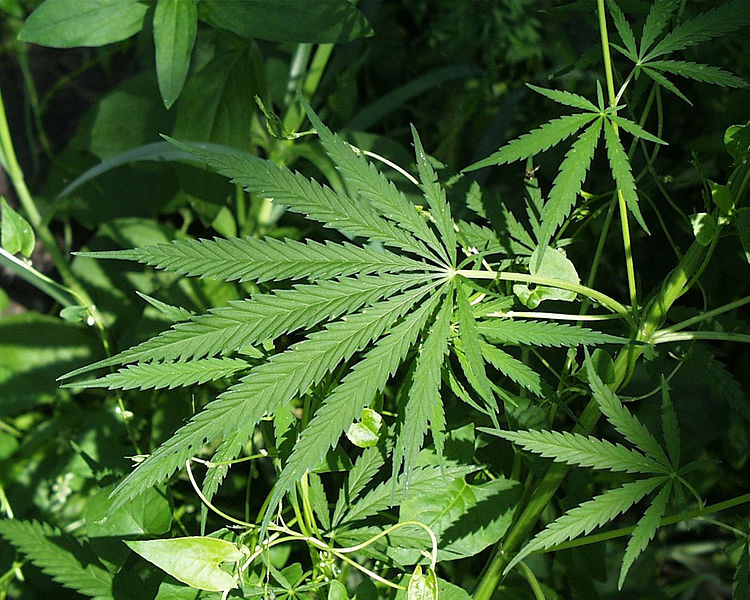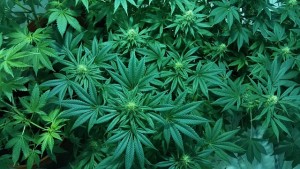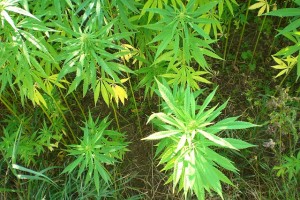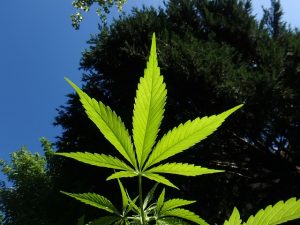The cannabis plant consists of a wide variety of chemicals and compounds, especially terpenes. About 140 of these belong to this class of aromatic organic hydrocarbons. Some people talk a lot about terpenoids. The words terpene and terpenoid are increasingly used interchangeably, although these terms have different meanings. The main difference between these two are that terpenes are hydrocarbons; whereas, terpenoids have been denatured by oxidation or chemically modified.
Secreted in the same glands that product cannabinoids like THC and CBD, terpenes are the pungent oils that give cannabis its variety of distinctive flavors like citrus, berry and mint. Medical research on cannabis has so avidly focused on cannabinoids that there hasn’t been a lot of research done on terpenes
Terpenes are synthesized in cannabis in secretory cells inside glandural trichomes, and production is increased with exposure to light. These terpenes are mostly found in high concentrations in unfertilized female cannabis flowers prior to senescence (deterioration with age). The essential oil is extracted from the plant material by steam distillation or vaporization. Many of these compounds vaporize around about the same temperature as THC, but some are more volatile than others. Terpenes also play an important role in providing the plant with natural protection against bacteria, fungus, insects and other environmental stresses.
There are many factors that influence a plant’s development of terpenes, including climate, weather, age and maturation, fertilizers, soil type, and even time of the day.
It is a well established fact that marijuana is capable of affecting the mind, emotions and behavior of its user. The main psychotropic cannabinoid, delta-9-tetrahydrocannabinol (THC) has been intensely studied. However, many of the other cannabinoids, terpenoids and flavonoids found in cannabis that play a big role in boosting the therapeutic effect of cannabis remain understudied.
Terpenes are common components of flavorings and fragrances. Unlike cannabinoids, they are responsible for the aroma and taste of cannabis. The FDA and other agencies have generally recognized them as “safe.”
Terpenes act on receptors and neurotransmitters.
Characteristics of terpenes
- They are prone to combine with or dissolve in lipids or fats;
- Act as serotonin uptake inhibitors;
- Enhance norepinephrine activity;
- Increase dopamine activity;
- and they augment GABA.
Even with all the data, more specific research is needed for improved accuracy in describing and predicting how terpenes in cannabis can be used medicinally to help treat specific medical conditions.
Terpenes and Their Characteristics
Terpenes |
Boiling Points |
Aromas |
Effects |
Also Found In |
Medical Benefits |
| Myrcene | 334ºF (168ºC) |
|
|
|
|
| Caryophyllene | 320ºF (160ºC) |
|
No Detectable Physical Effects |
|
|
| Linalool | 388ºF (198ºC) |
|
|
|
|
| Pinene | 311ºF (155ºC) |
|
|
|
|
| Humulene | 388ºF (198ºC) |
|
Suppresses Appetite |
|
|
| Limonene | 349ºF (176ºC) |
|
|
|
|



